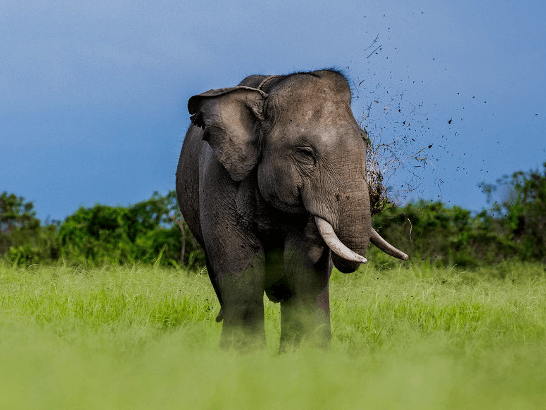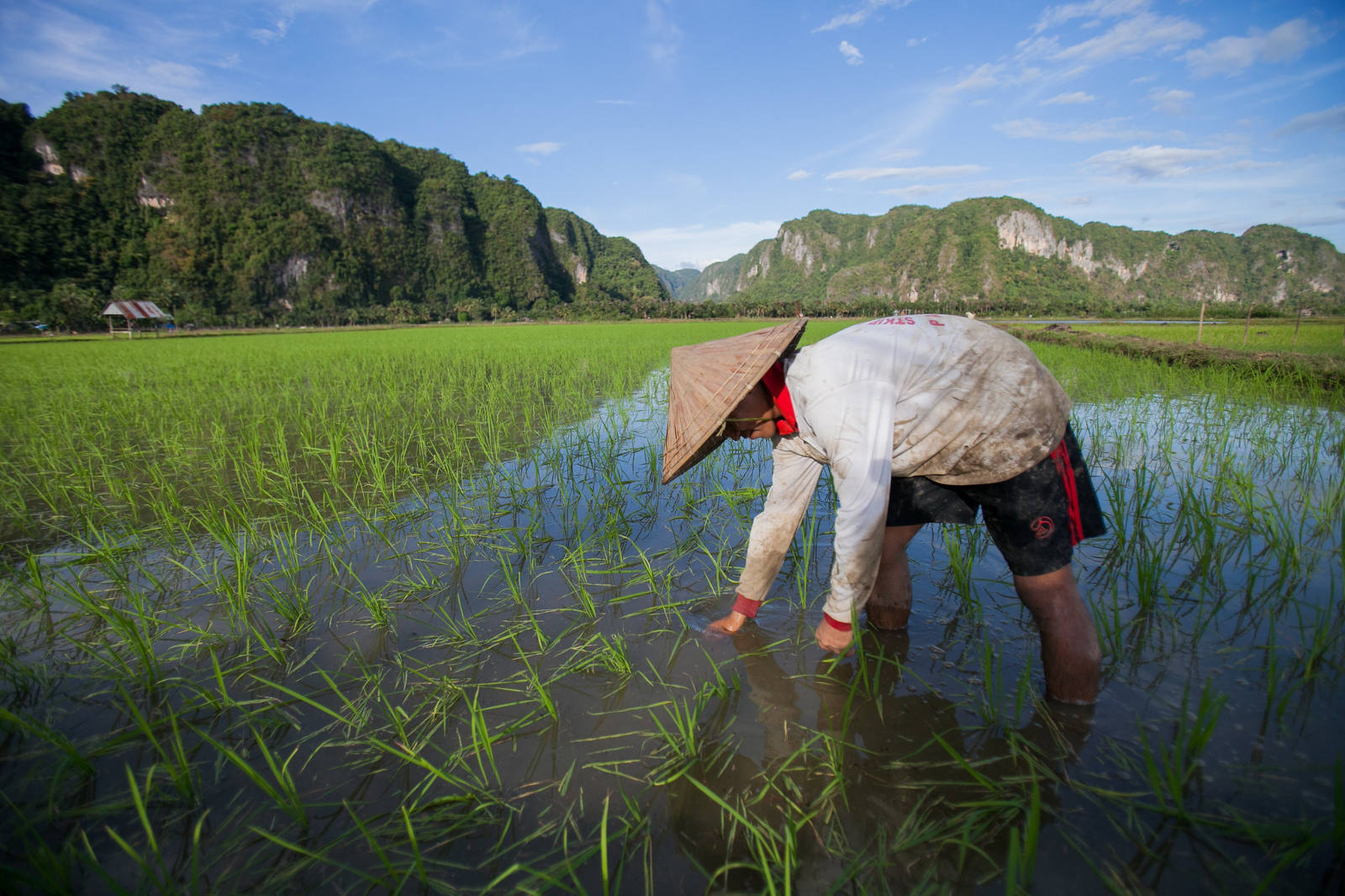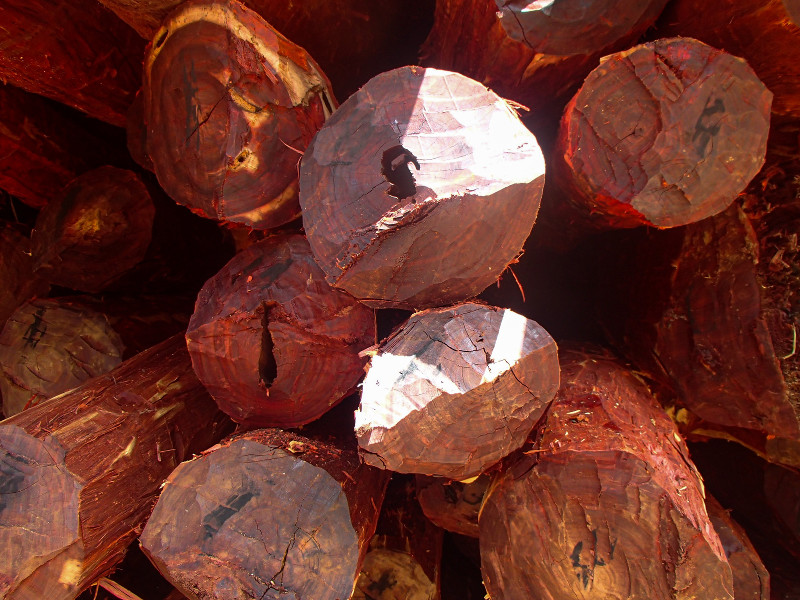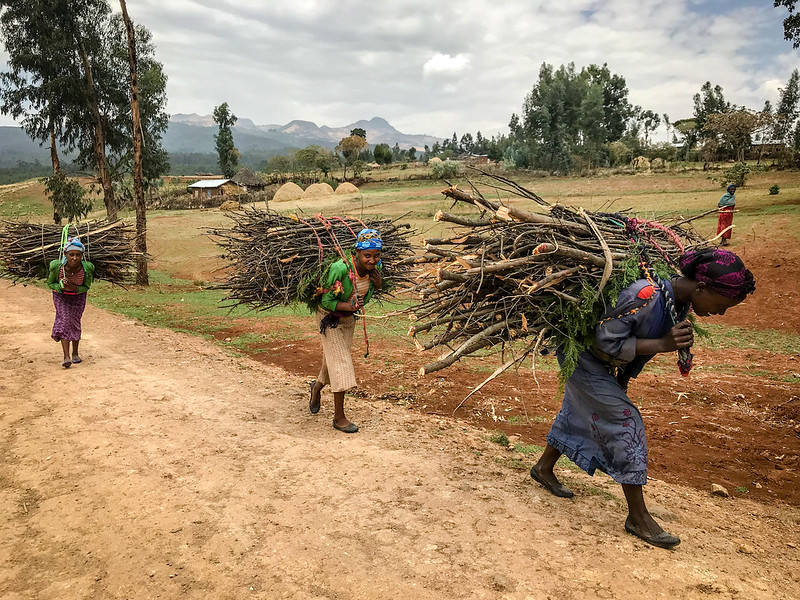Tamarindus indica L. (tamarind) is a tropical tree species widely managed for fruit and other exported products in countries like India and Thailand. In Africa tamarind was earmarked for livelihood diversification however, conservation strategies, products/markets were not yet developed moreover, unsustainable utilisation and habitat losses has led to its populations and expectedly genetic resources erosion. Additionally, because tamarind population structure was not yet well defined even globally, knowledge on genetic structure requisite to classify the extent and nature of genetic erosion and thus conservation needs/strategies for its populations was lacking. The objective of our study was to generate knowledge on tamarind populations genetic structure which we hypothesised was influenced by habitats, latitudes and isolation by distance. We studied polymerase chain reaction-restriction fragment lengths polymorphisms (PCR-RFLP) in the slow evolving, organelle genomes of 311 tamarind sampled on-farm, woodland and riverbanks in island-mainland, higher-lower latitudes of nine geographic regions. Analysis revealed significant among geographic regions mitochondria genetic structure ( ST = 0.64) but only one of its 6 haplotypes was global (overall frequency, 59.6%), one restricted to Kenya, Tanzania, Mexico (overall frequency, 12.8%) and the rest endemic to Kenya (2), Indonesia (1) and Thailand (1). The chloroplast was conserved ( ST 0.02), only one of its 16 haplotypes was global (overall frequency of 94%), 14 were rare endemics of East Africa and one restricted to Kenya-Indonesia (overall frequency




















